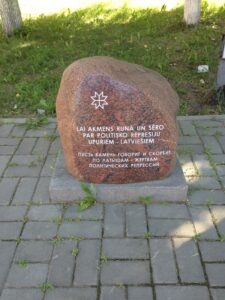The building at 44 Lenin Avenue was of course originally an educational institution. It became a site of repression (*nods to Foucault*), serving as one of two local headquarter buildings for the OGPU/NKVD from 1922-1944. Structurally, this involved converting the basements (of both buildings, if I’m not mistaken) into a remand or investigative prison (следственная тюрьма), and connecting the two buildings via an underground corridor.
According to the Tomsk Memorial Society, the corridor was used for executions and to transport arrestees, unseen, between the two buildings. The director of the museum at 44 Lenin Avenue, Vasilii Khanevich, has a dream of restoring this corridor and making it part of the museum.
In any case, it’s interesting to think about the architecture of repression, in this case: both in the sense of how easily it was to convert a building from an institution of education to an institution of repression, but also how, architecturally, the worst elements of repression were underground, and hidden from view.
Anyway, below are two pictures from the museum’s website, linked here (along with a discussion of the restoration project).
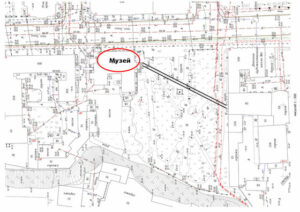
Map of the ‘Monument Square’ outside 44 Lenin Avenue, showing the underground corridor between the two buildings.
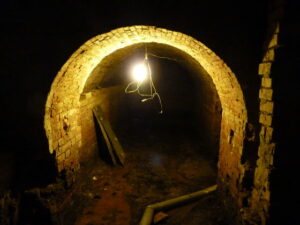
Image of the underground corridor, via the NKVD Remand Prison Museum website
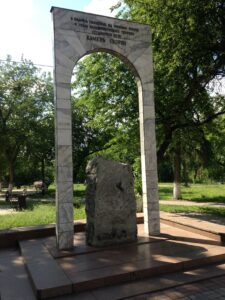
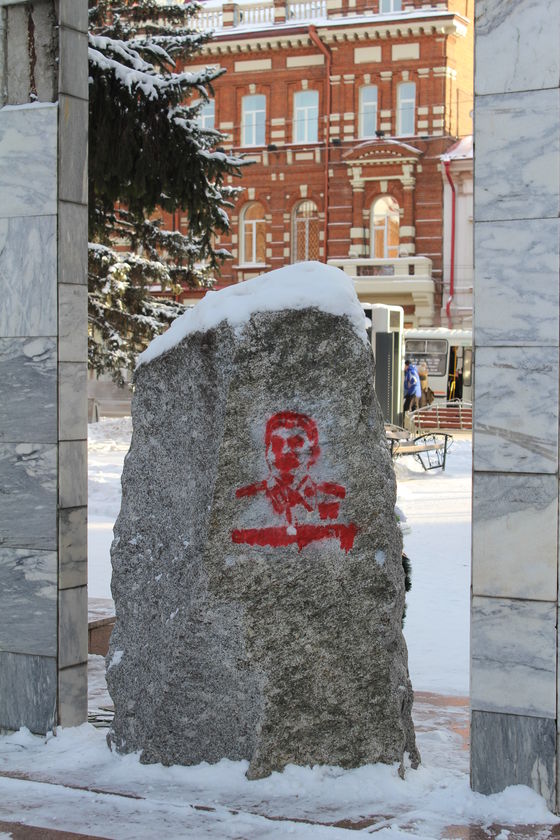 (Image from the Memorial Museum “NKVD Remand Prison”
(Image from the Memorial Museum “NKVD Remand Prison”  For instance, A. P. Tolochko shows that Tomsk gubernaia had by far the largest number of pro-monarchist organizations in Siberia, and that the city of Tomsk itself likely had the largest number of individual members. If at the end of 1906, beginning of 1907 the Tobol’sk region had 1 such organization, the Tomsk region had 11, despite very similar economic situations in both parts of Western Siberia. [see A. P. Tolochko, “Territorial’noe razmeshchenie, chislennost’ i sotsial’nyi sostav chernosotennykh organizatsii v sibiri v nachal’nik XX v,” in Chelovok v Istorii, edited A. N. Zheravina et. al. (Tomsk: Tomsk University Press, 1999), 198-206.]
For instance, A. P. Tolochko shows that Tomsk gubernaia had by far the largest number of pro-monarchist organizations in Siberia, and that the city of Tomsk itself likely had the largest number of individual members. If at the end of 1906, beginning of 1907 the Tobol’sk region had 1 such organization, the Tomsk region had 11, despite very similar economic situations in both parts of Western Siberia. [see A. P. Tolochko, “Territorial’noe razmeshchenie, chislennost’ i sotsial’nyi sostav chernosotennykh organizatsii v sibiri v nachal’nik XX v,” in Chelovok v Istorii, edited A. N. Zheravina et. al. (Tomsk: Tomsk University Press, 1999), 198-206.] 